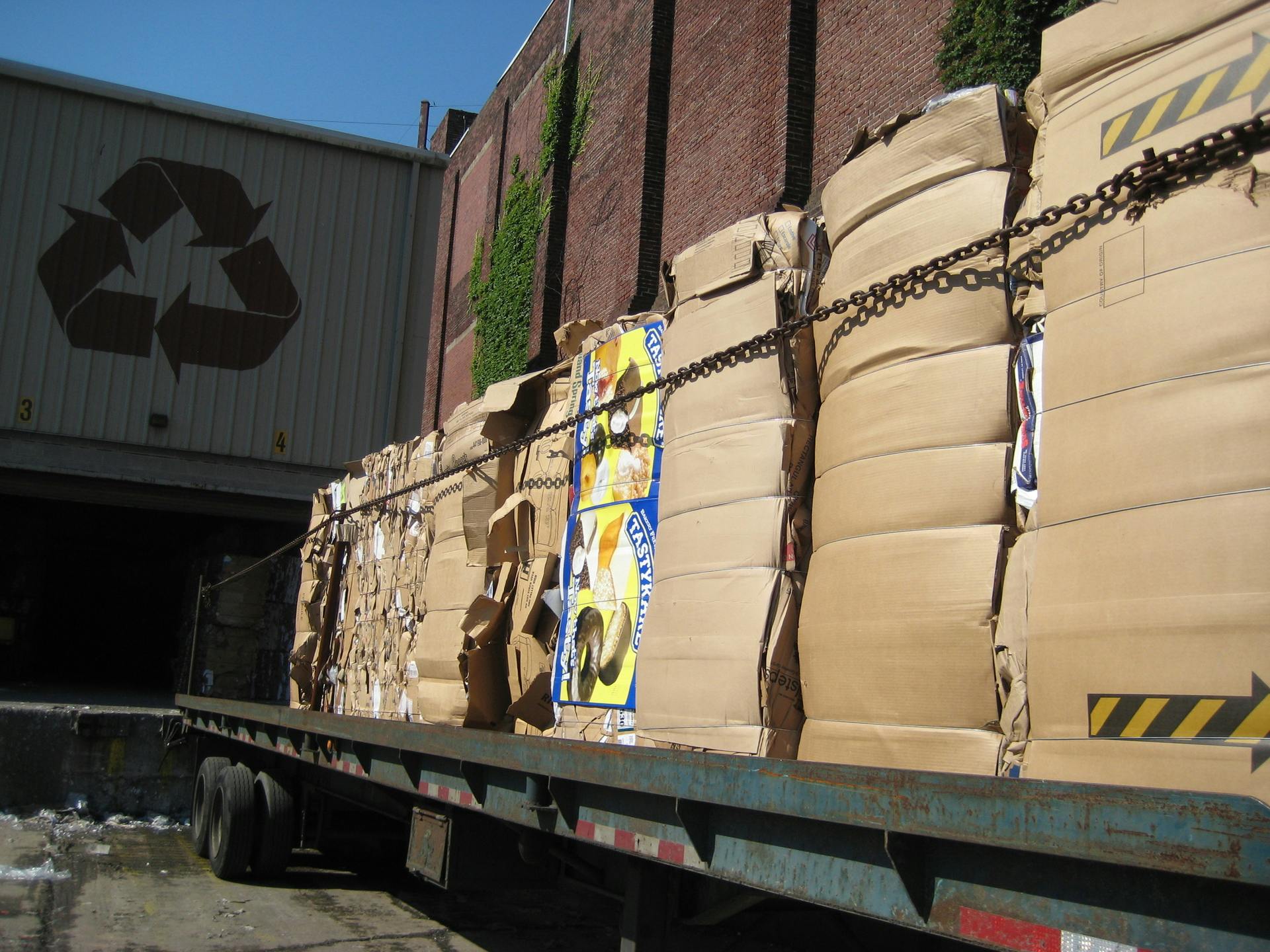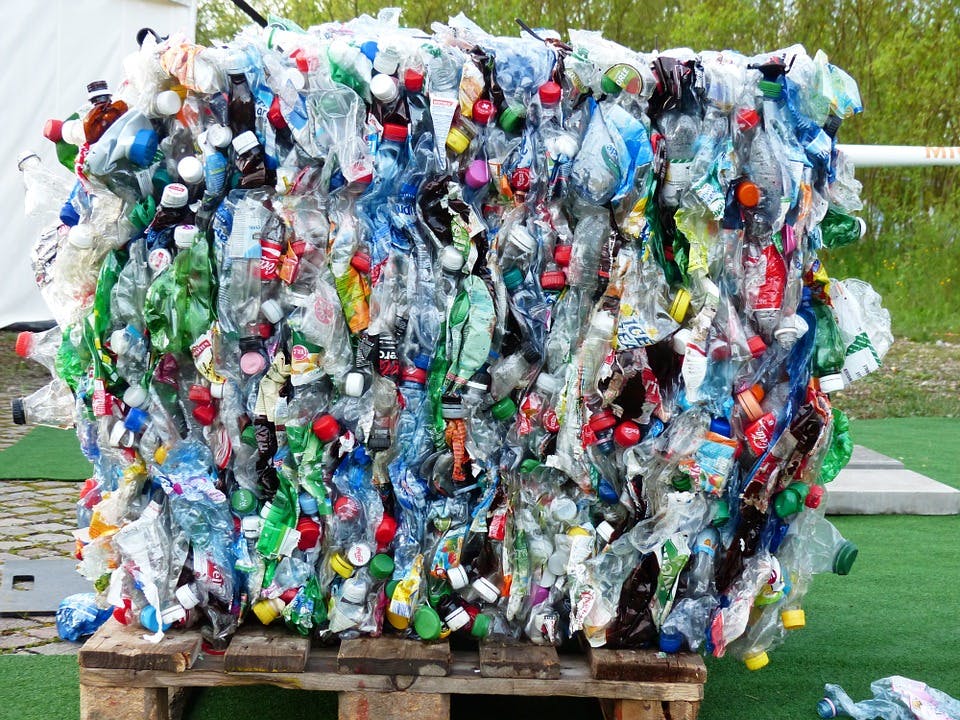Before starting up a new commercial recycling program for your business, there are two main questions that you should be able to answer. First, what types of recyclable materials are produced by your business? And second, how much of that waste are you producing on a regular basis? Once you are able to answer these two questions, you will be equipped with the information necessary to set up your recycling program.
Determine the Types of Waste Your Business Produces

There are three major categories of waste that businesses produce. These are trash waste, hazardous waste, and recyclable waste. Trash waste cannot be recycled and ultimately ends up in a landfill. It should not be thrown out with your recycling because it can contaminate the other materials, causing them to be disposed of in a landfill as well. Hazardous waste must be disposed of by special means, which is why it is important to identify it and ensure it does not contaminate other waste streams. Examples of hazardous waste include human waste, chemical waste, and flammable waste.
Within the category of recyclable waste, there are multiple material types. The most common four are paper and cardboard, plastic, glass, and metal. What percentage of your recyclable waste is made up of each material type? By figuring this out, you can determine the type of waste removal service you need. For example, paper and cardboard products can be hauled more economically if baled. But if your recyclables are primarily metal, baling wouldn’t be a service you require.
Along with knowing what types of recyclables are most commonly generated by your business, it’s a good idea to know where they are generated. Depending on the size of your business, different material types may be most commonly generated in different areas of the property. If this is the case, it will make sense to position your recycling collection points nearby to where the waste is generated. A warehouse that generates a large amount of cardboard waste should have a baler nearby, not on the far end of the adjacent office. The exact services you require may also change depending on the types of recyclable waste you produce.
Determine the Amount of Recyclable Waste Your Business Produces

How much recyclable waste does your business produce in a day? A week? A month? Determining this will allow you to decide a few things when it comes to your recycling needs. First, how many dumpsters will you need and in what sizes? If you produce a large amount of recyclable waste, you will need a larger dumpster. But if that waste production is spread around a large property, it may make more sense to have multiple, smaller dumpsters. Second, how frequently will your dumpsters need to be emptied? Removal schedules can be fit to your needs.
Analyzing and Adjusting Your Recycling Program
Over the first few weeks and months of your recycling program, you should pay attention to your waste production and recycling rates. Are you producing too much waste for the services you retained? If so, you may need to get a larger dumpster or more dumpsters. If you end up producing less than expected, you can also reduce your dumpster capacity or schedule removals to be more spaced out. And, you will want to ensure that your employees are properly recycling as they should. Not only will this reduce the amount of waste that ends up in landfills, but it will help you get a better understanding of your recyclable waste output.
After your recycling program has been established and you have analyzed and adjusted it accordingly, you should continue to monitor it on a less frequent basis over the long term. This continued monitoring will allow you to spot changes in your recycling and make adjustments accordingly before the changes become too extreme. For example, if your waste production is trending upwards or downwards, you can figure out the cause before reacting to that trend.
Conclusion
When setting up a new recycling program for your business, the first step is to identify the waste streams produced and the percentage of your total waste that accounts for each of them. Next, You should break down your recyclables by material type to determine what services you require and where the best locations for waste pickup are situated around your property. After your program is set up, it should then be monitored and adjusted accordingly so that the services you are receiving match what you require.
Accurate Recycling
If you are in need of a new recycling program for your business, contact Accurate Recycling today. Our goal is to make the recycling process as simple as possible for our customers by providing information and assistance on everything from dumpster sizes to pick-up schedules.
